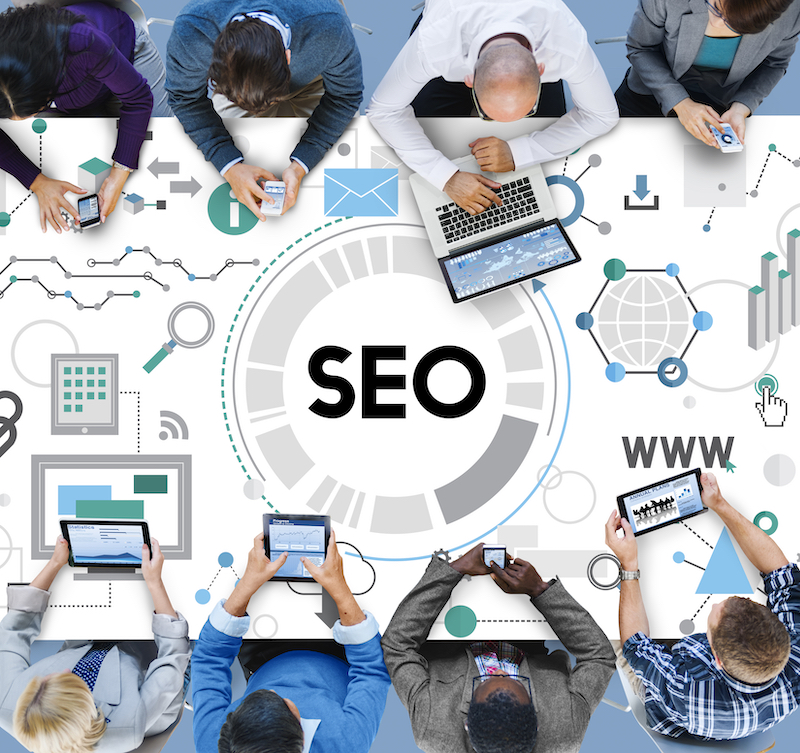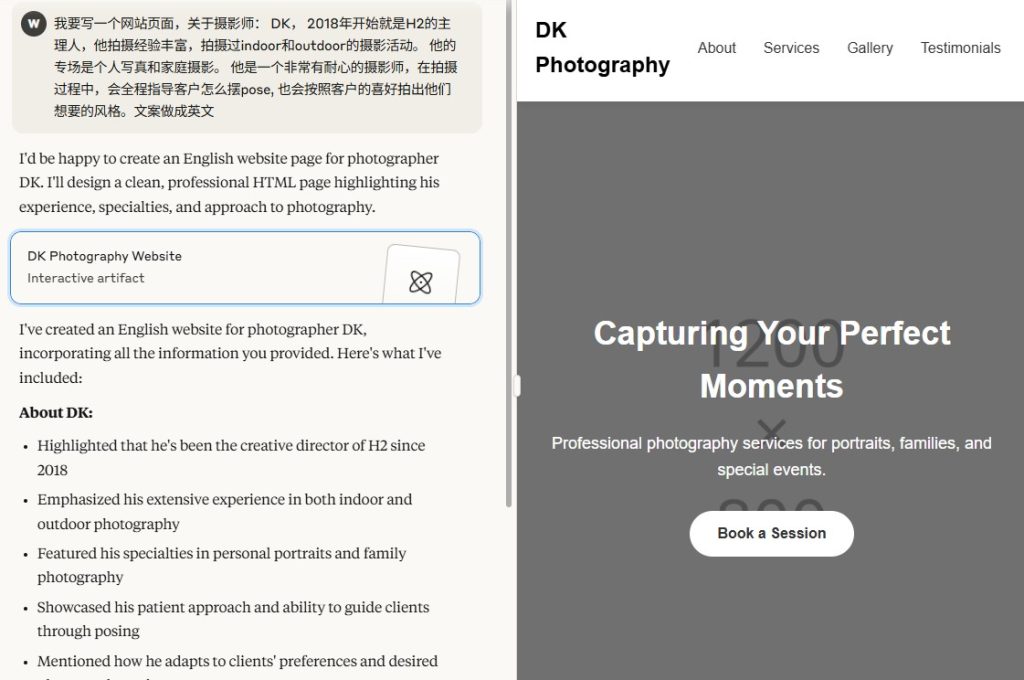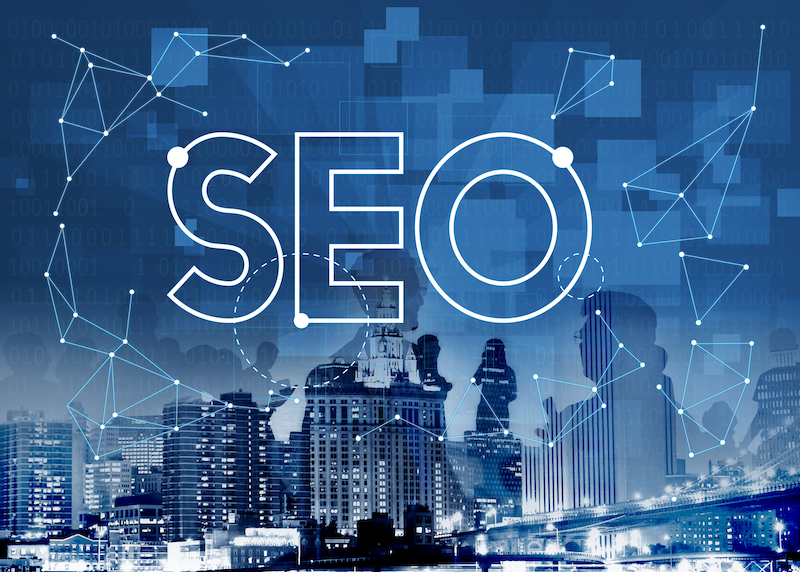Why Is Loading Speed Important?

There are 2 main reasons why you need to have a fast hosting website – User Experience and Google Ranking.
User experience. This is pretty much self-explanatory. If your site takes 30 seconds to load, you will lose visitors, and your business will suffer. Nowadays, in the era of impatient fiber optics generation, nobody will waste the time to wait for a long buffering to complete. Instead of waiting, visitors will leave, and go straight to your competitors’ websites.
As for Google ranking, even the company itself agreed that page speed is a ranking factor, especially for mobile devices. In other words, faster websites will top the slower ones in the search engine result pages (SERPs). Considering the fact that more people are now browsing the web on mobile devices rather than on computers, not having a blazing fast website optimized for mobile devices will seriously cripple your SEO ranking and traffic received. And don’t forget the risk of higher “bounce rate”. Google measures each site’s bounce rate and how much time visitors spent on your site. A slow site will led to poor user experience, and eventually lower search results ranking.
Why Is Your Website Slow, And How to Fix It?

There are dozens of reasons on why your site is running slow, and it’s impossible to list them all. However, most slow sites are caused by the same common reasons, the ones that we will list down below.
Poorly Optimized Code
If your site has an unoptimized code, it won’t run at maximum speed.
To improve:
- ‘Minify’ the code. Having unnecessarily long codes make them hard to read and hinder page speed. Make sure your codes are ‘minified’ which will ease site load.
- Inline Cascading Style Sheets (CSS). Put only the most essential CSS in the header with the rest appearing only after the page is fully loaded. This will cut loading time and improve user experience.
- Move as much code as possible to the footer. Again, these code will only start loading after the important ones did, thus improving initial load.
- Combine JavaScript, CSS and limit requests. By doing so, it will relieve the pressure off the server.
- Remove query strings. This improves site caching by enabling caching of static resources that were previously unavailable.
- Enable compression. Enabling GZIP compression will shrink the size of files and pages, making the site smaller, and thus easier to load.
Too Many Animations and Multimedia
Having an attractive website with tonnes of videos, audios, images and animations do attract user’s attention, but it will also cripple the page’s speed. All these require loading, and visitors will either leave or wait. Moreover, multimedia, particularly videos, take up a lot of storage space and require endless bandwidth to load, putting stress on your server. So unless you have an expensive dedicated hosting solution, having too many animations or videos is not a good option. Instead, use them sporadically, where needed.
Using Wrong Image Size
This is common mistake many people make. Using images of maximum size will significantly increase loading time. So unless you are running a photography blog, or something similar, you do not need 4k images on your site.
If this is the problem you are facing, what you simply need to do is to compress the images and change their format where possible. JPEG offers the best size/quality raio, so do consider using that for your images. As for the compression, the easiest way to do so is via a plugin. Tiny Compress Images is a good option, allowing you to optimize 500 images per month for free.
Not Using Lazy Load
Instead of loading the content all at once, lazy loading only load content as the visitor is ‘scrolling down’. Most of the time, readers do not scroll all the way to the footer, so there is no reason why you should reduce the site speed for the sake of loading everything at once. By acquiring lazy load, initial page loading speed and bandwidth use will be significantly reduced. In particularly, one-page websites will benefit the most from this tactic.
Slow Hosting
Hosting is the backbone of every site, but due to it’s invisibility, people tend to make the mistake of saving as much as possible when choosing a hosting plan. While the cheapest shared hosting solution works for the most basic sites (with a maximum of 3 to 4 pages), sites any bigger will find them insufficient.
The best solution is nevertheless to upgrade your plan, or if not, switch providers. For maximal efficiency, choose SSD hosting. It used to be much more expensive, but nowadays, you can get a decent shared SSD plan for just a few dollars more each month.
Alternatively, you can consider installing a Content Delivery Network (CDN). An example is CloudFlare. These networks will take a burden of work off your server, reduce the load and thus improving page speed. If your website contains ore requires countless images and videos, you will need to move up a level, to consider a Virtual Private or Dedicated Server. Yes, it will cost you so much more than shared, but anything is better than losing customers just because your site takes forever to load.
No Caching Plugin
Installing a caching plugin, such as WP Fastest Cache, is an easy way for drastic speed improvement. Most of the basic information will be stored in the user’s local drive during the first visit and thus when the user revisits the page, the already generated HTML will be served in a blink of eye without the need to load the page from scratch.
Conclusion
Website loading speed is important to SEO, and improving it doesn’t need to be complicated, as long as you know where the problem is.
Yet, don’t expect miracles after the fixing, as having a fast website is only one of many important factors that contribute to high rankings. If you want your site to be on page 1 search results, all factors must be tackled. It is hard to do this on your own. You will need to hire SEO professionals.








